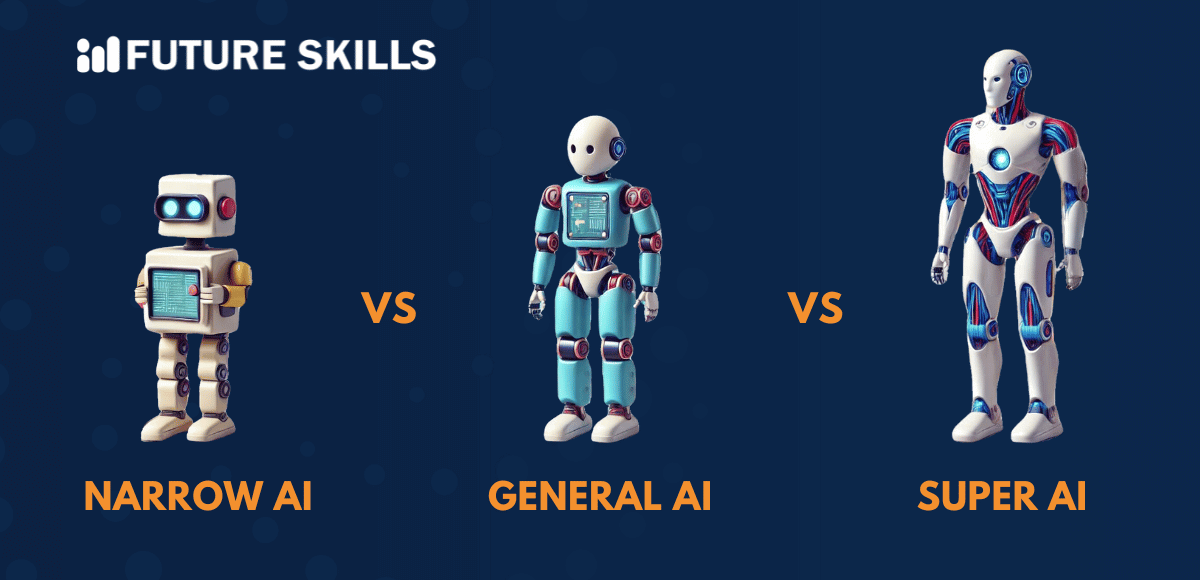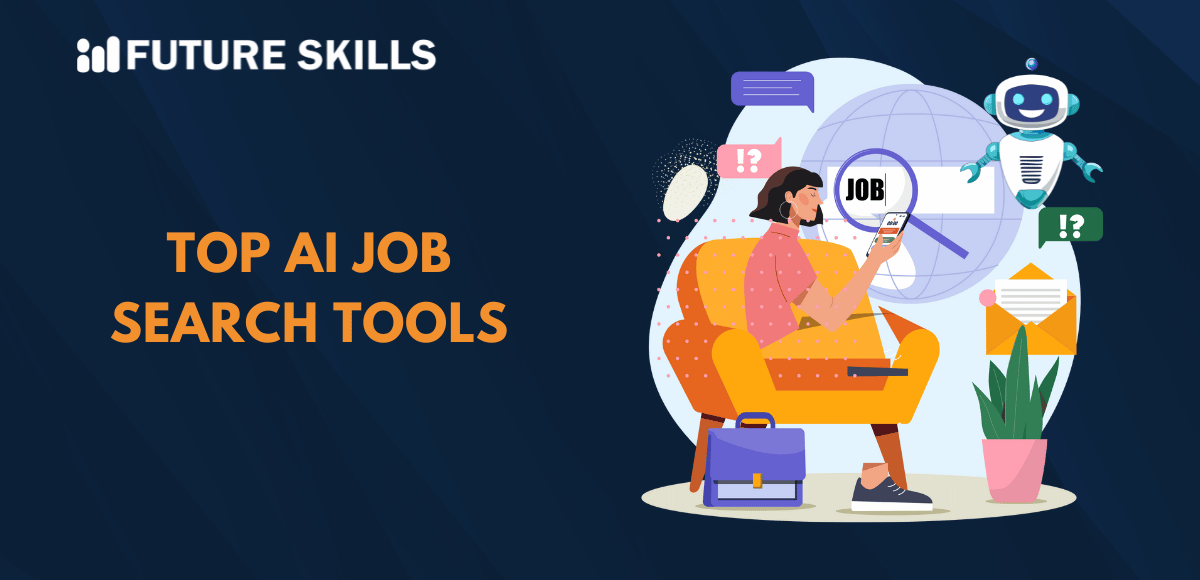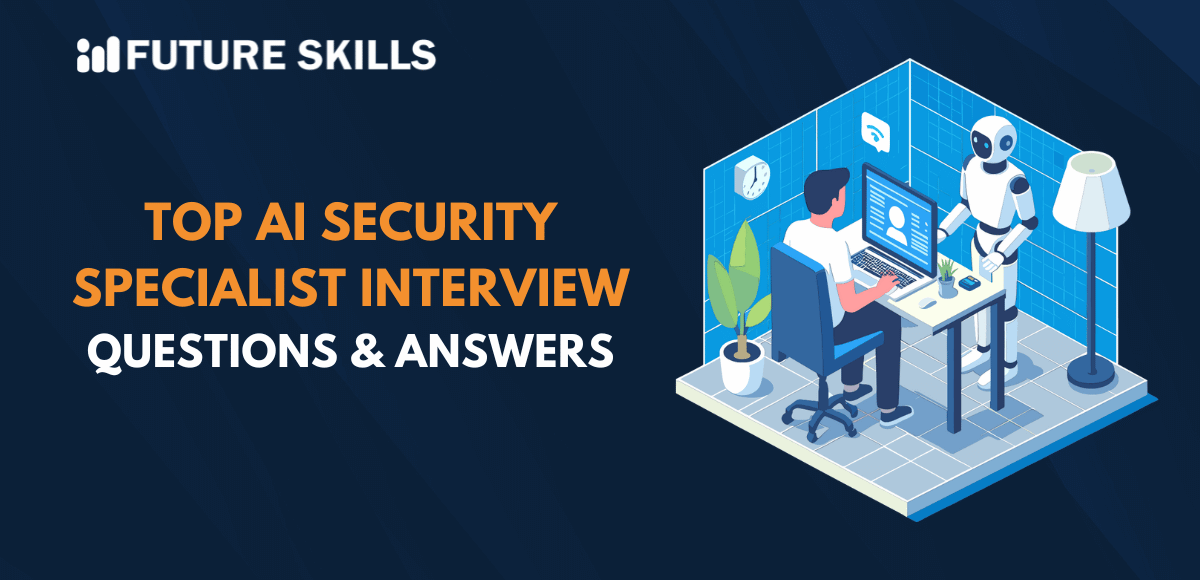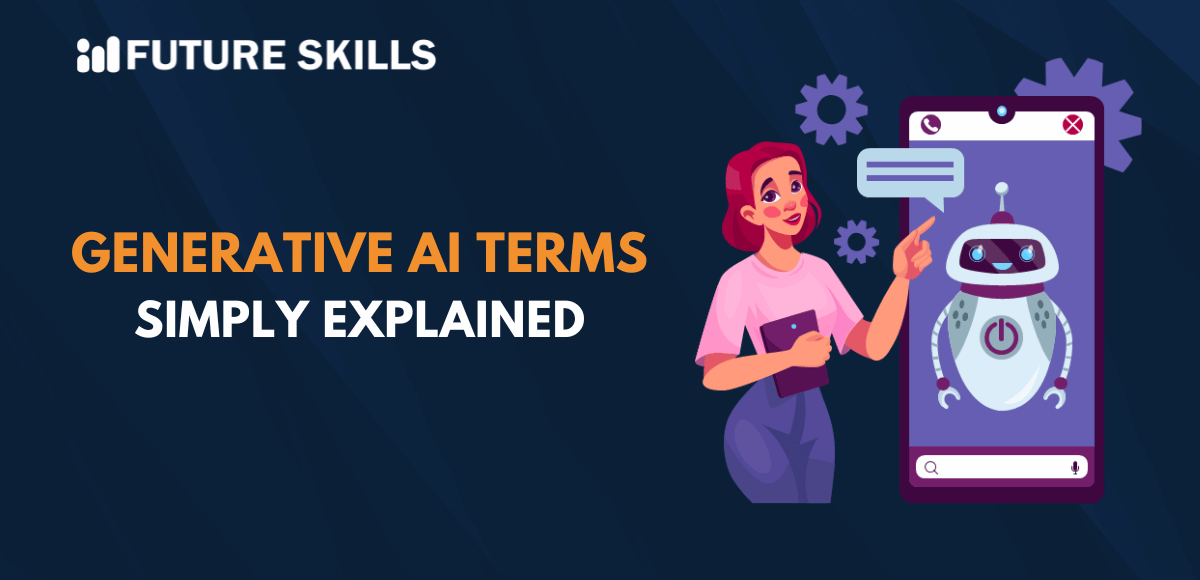Most people would have heard about AI in Hollywood blockbusters such as the Terminator franchise. The AI systems in fiction have been envisioned as malicious entities that would take over the world by outperforming human intelligence. Do you really think that AI systems like ChatGPT would enslave humanity in future? The narrow AI vs general AI vs super AI debate may help you find some effective answers to such questions.
Artificial intelligence has empowered machines to simulate human intelligence for solving problems and making decisions. It leverages algorithms and technologies such as machine learning, natural language processing, and deep learning to understand and respond to different tasks like humans. It is also important to note that the AI you witness today is narrow AI or weak AI that would evolve further and create new variants of AI. Let us learn more about the three notable types of AI and the differences between them.
Start your AI journey with the leading AI Certification Course offered by us. Deep dive into AI’s practical applications and discover the best career path.
Understanding the Three Variants of AI
You can understand the evolution of AI by identifying the fundamental details about the three notable types of artificial intelligence. The answers to queries like ‘What is narrow AI and general AI and super AI?’ can help you find the first point for comparing the three types of AI. Each type of AI has different capabilities and can influence the economy and society in unique ways. Here is an overview of the three most prominent variants of artificial intelligence.
-
Artificial Narrow Intelligence
Artificial narrow intelligence or ANI is popular as weak AI or narrow AI. It can help in working on specific applications or tasks only. The working principle of narrow AI revolves around programming AI models for individual tasks like speech recognition, autonomous vehicle driving, facial recognition, or language translation. Narrow AI tries to replicate human behavior in machines on the basis of specific contexts, parameters and constraints. The most noticeable example of narrow AI points at the speech recognition systems used in virtual assistants on smartphones.
-
Artificial General Intelligence
The concerns of limitations in narrow AI create curiosity regarding the possibilities of creating advanced AI systems to address them. The difference between narrow AI and general AI clearly indicate how artificial general intelligence would be better than narrow AI. Artificial general intelligence or AGI represents the next stage in the evolution of AI that would empower machines to learn, think, understand and apply their knowledge to solve problems like humans. It would help AI systems recognize the beliefs, thought processes and beliefs of other intelligent systems.
-
Artificial Super Intelligence
Artificial super intelligence or ASI is the futuristic vision for AI systems that would exceed human intelligence. ASI systems or super AI can understand human sentiments and can also develop their own beliefs, desires and emotions. As of now, artificial super intelligence is still a hypothetical concept. The arrival of super AI would empower AI systems with problem-solving and decision-making capabilities that are better than those you would expect from human beings.
Discovering the Similarities between Narrow AI, General AI, and Super AI
Artificial intelligence is the common thread that holds narrow AI, general AI, and super AI on the same line. It is important to note that the narrow general and super AI have the same roots, thereby sharing some crucial similarities. The three types of AI may have significant differences in the level of intelligence they bring to the table albeit with similarities in their core approaches and principles. For instance, all the three types of AI need massive datasets for the training process.
The three types of AI leverage algorithms for identifying and discovering different patterns in data. AI systems can use the patterns for learning and adapting continuously, similar to the ability of humans for learning from different experiences.
Artificial intelligence also enhances human intelligence with the help of insights from data. The most distinct highlight of all types of AI is their ability to make decisions without human intervention. Narrow AI can make decisions independently on the basis of data programmed in their algorithms. General AI and super AI may take decision-making to the next level with better efficiency than humans.
The similarities in a narrow AI vs general AI comparison also draw attention towards the capability of different types of AI for continuous learning. Every variant of AI focuses on learning from new experiences for evolving continuously to come up with advanced variants.
Another notable similarity between the three different types of AI is the ability to reduce repetitive tasks through the power of automation. Artificial intelligence can serve as a valuable partner for different tasks with the power of automation. The three different types of AI can help in augmenting the capabilities of humans for various tasks across different industries.
We bring the brand new AI for Everyone Free Course. Familiarize yourself with the fundamentals of AI and build a strong foundation.
Unraveling the Differences between Narrow AI, General AI and Super AI
The latest technological advancements in AI have made our lives easier with smart voice assistants, AI chatbots and self-driving cars. Narrow AI has become an integral part of everyday lives of people in many ways. On the other hand, general AI and super AI are waiting their turn to transform the AI landscape with innovative and powerful solutions.
Here is an overview of the differences between narrow AI, general AI, and super AI.

-
Purpose of the AI System
The first parameter to compare narrow AI, general AI and super AI is their purpose. It is important to begin a narrow AI vs general AI vs super AI comparison with a review of their purpose to determine the utility of each variant. The definitions of the three types of AI provided a basic impression of their purpose.
Narrow AI is the ideal option for specific tasks focused on a particular niche to resolve new problems. The working of narrow AI involves programming algorithms to work according to a set of pre-defined rules. It cannot expand independently to add new functionalities for addressing a specific problem.
Strong AI is capable of performing a broad range of tasks with the flexibility for reasoning, learning and improving cognitive abilities similar to that of humans. The utility of strong AI will be more than narrow AI as it can have the power of independent thinking. Strong AI can be capable of achieving any type of task that requires human intelligence without relying on niche datasets.
The purpose of super AI primarily focuses on achieving intelligence that surpasses human intelligence. The superior cognitive and reasoning capabilities can empower super AI to accomplish any task with better productivity and efficiency than humans.
-
Types of AI Models Used for Operations
The types of AI models are the most critical parameters for comparing narrow AI, general AI and super AI. Comparison of the types of models underlying the three types of AI can provide a glimpse of their effectiveness.
Narrow AI relies on programmed AI models that are tailored for specific domains. The models used in narrow AI are limited in terms of their capabilities to solve tasks outside the concerned domain.
The difference between narrow AI and general AI points out how general AI uses models with the capability for self-learning. General AI models have the power for reasoning like humans in the operating environment.
Super AI would deploy the most advanced AI models that can learn and evolve independently. As a matter of fact, AI models underlying super AI systems can also develop their own consciousness.
-
Data Processing Mechanisms
Every AI system relies on data to learn and work like humans or even better than them on different tasks. The comparison between data processing mechanisms can help you understand the driving forces of each type of AI.
Narrow AI relies on technologies such as machine learning, neural networks, deep learning and natural language processing for data classification.
Strong AI or general AI leverages association and clustering methods through advanced machine learning, neural networks, NLP and deep learning.
Super AI depends on modeling data processing systems according to the human brain for achieving behavioral intelligence. The data processing mechanism underlying super AI helps in effective interpretation of human experiences and emotions.
Final Thoughts
The onset of the AI revolution has introduced the world to the many wonders of artificial intelligence. Responses to queries like ‘What is narrow AI and general AI and super AI?’ create curiosity regarding the different types of AI and their capabilities. The three types of AI represent significant milestones in the evolution of artificial intelligence with unique value propositions. Discover more about the differences between them to determine their significance for the broader AI landscape now.







